Author: Marshall Schott
In the quest for the next best hop, growers around the world continue breeding new varieties designed to impart unique flavors and aroma in our beer. Following my very positive experience with Denali, I was excited when Hopsteiner’s Bill Elkins reached out to say he had a new experimental hop he wanted us to try out, explaining it has having “a big orange/lemon/grapefruit/lime thing going on with tropical, juicy, and floral back notes.” A mouthwatering description if I’ve ever heard one!

Alpha: 3-7%
Beta: 5-7.5%
Cohumulone: 28-30%
Total Oil: 2-3%
Myrcene: —
Humulene: —
Caryophyllene: —
Farnesene: —
Linalool: 0.5-0.9%
Parentage: —
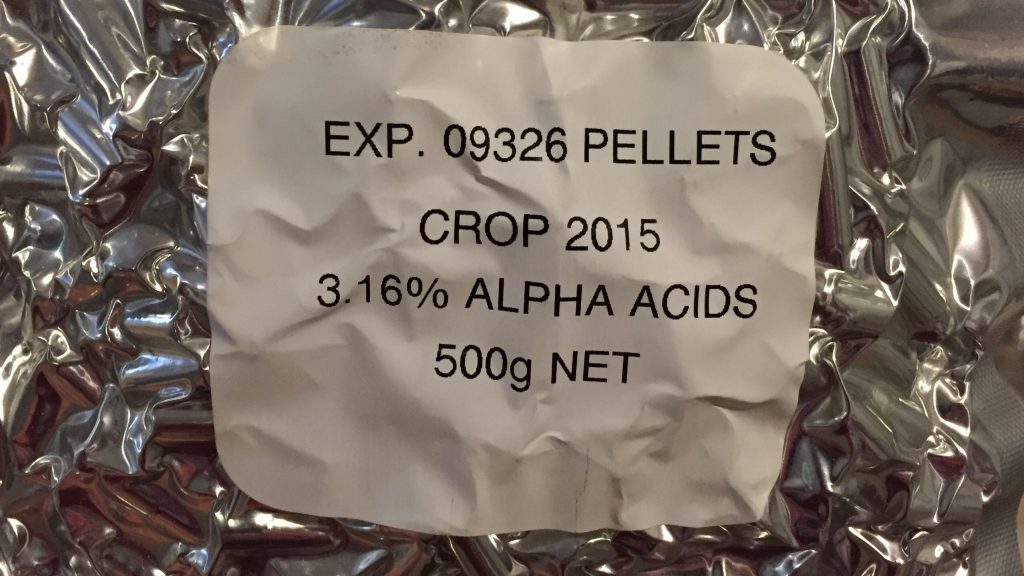
Prior to the hops arriving at my house, I glanced at the #09326 stats Bill provided me and noticed the cohumulone level was fairly high, which made me wonder if this might come through in the way the bitterness was perceived. Since the AA% of this variety is on the lower end of the spectrum, the amount required early in the boil to achieve our desired bitterness level was quite a bit higher than it’s been with other hops. Would it make a difference?
The Hop Chronicles #09326 Pale Ale
Recipe Details
| Batch Size | Boil Time | IBU | SRM | Est. OG | Est. FG | ABV |
|---|---|---|---|---|---|---|
| 5.5 gal | 60 min | 31.5 IBUs | 3.6 SRM | 1.052 | 1.011 | 5.4 % |
| Actuals | 1.052 | 1.011 | 5.4 % | |||
Fermentables
| Name | Amount | % |
|---|---|---|
| Pale Malt, 2 row (Gambrinus) | 11 lbs | 100 |
Hops
| Name | Amount | Time | Use | Form | Alpha % |
|---|---|---|---|---|---|
| Exp. 09326 | 60 g | 60 min | First Wort | Pellet | 3.2 |
| Exp. 09326 | 50 g | 10 min | Boil | Pellet | 3.2 |
| Exp. 09326 | 60 g | 0 min | Aroma | Pellet | 3.2 |
| Exp. 09326 | 60 g | 3 days | Dry Hop | Pellet | 3.2 |
Yeast
| Name | Lab | Attenuation | Temperature |
|---|---|---|---|
| San Diego Super Yeast (WLP090) | White Labs | 80% | 68°F - 72°F |
Download
| Download this recipe's BeerXML file |
| MAKING THE BEER |
My buddy Sean Wood again agreed to brew this beer, the first one using a more simplified SMaSH recipe. His first order of business after receiving the ingredients was making a starter of WLP090 San Diego Super Yeast.
A couple days later, Sean got to brewing and nailed the 154°F/68°C target mash temperature.
The wort was collected in the boil kettle following a 60 minute mash rest.
The boil commenced with hops added at the prescribed times.
At the end of the 60 minute boil, flameout addition hops were added and steeped for 15 minutes, after which the wort was quickly chilled and a refractometer measurement confirmed the target OG was hit.
The chilled wort was transferred to a carboy then placed in a temperature controlled chamber where it was pitched and fermented. Fermentation occurred as expected and a couple weeks later the beer was resting at the target FG. Sean proceeded to cold crash, fine with gelatin, then keg the batch. The following weekend, he provided me with 12 bottles of crystal clear and beautifully carbonated beer to collect data with.
| METHOD |
Participants were instructed to focus only on the aromatic qualities of the beer before moving on to evaluating the flavor. For each aroma and flavor descriptor, tasters were first asked whether or not they perceived the characteristic with “yes” selections taking them to a page instructing them to write-in the perceived strength of that particular characteristic on a 1-9 scale (weak to strong); endorsing “no” resulted in the taster skipping over the rating of that descriptor directly to the next descriptor. Once the data was collected, the average rating of each aroma and flavor descriptor was compiled with all “no” responses being assigned a score of zero.
| RESULTS |
Twelve people participated in the evaluation of this beer, all blind to the hop variety used. The average ratings for each descriptor were plotted on a radar graph.
Average Ratings of Aroma and Flavor Perceptions
The 3 characteristics endorsed as being most prominent by participants:
| Aroma | Flavor |
| Tropical Fruit | Pine |
| Stone Fruit | Floral |
| Floral | Citrus |
The 3 characteristics endorsed as being least prominent by participants:
| Aroma | Flavor |
| Earthy/Woody | Onion/Garlic |
| Pine | Berry |
| Onion/Garlic | Apple/Pear |
When asked to rate the pungency/strength of the hop, the majority of tasters perceived it as being moderately pungent.
Tasters were then instructed to identify beer styles they thought the hop would work well in.
Finally, participants were asked to rate how much they enjoyed the hop character on a 1 to 9 scale.
My Impressions: Sean and I shared a bottle of this #09326 Pale Ale the day he delivered it to me, and since I’d given him the entire bag Hopsteiner sent, this was my first experience with the hop. I started my evaluation by giving the beer a hearty whiff and the most prominent aroma I perceived was floral, almost bouquet-like, with noticeable hints of citrus and subtle spiciness in the background. In anticipation, I raised the glass to my lips for a first sip then immediately after swallowing noticed one glaring character– bitterness. I understand a rather large amount of hops were required early in the boil in order to hit the IBU goal, but I’ve done this with noble hops many times and never perceived such a sharp, lingering bitterness. Unfortunately, it was pretty unpleasant, not necessarily to the point of undrinkable, but it got in the way of some of the other more enjoyable aspects of the hop. It’s certainly possible me knowing #09326 had a somewhat high CoH biased my perception of the bitterness, though a couple others noted it as well, including Sean, who was unaware of any of the hop’s stats. Over the course of the following week, I sampled the beer during data collection sessions and did my best to note what I perceived underneath the bitterness, which consisted of a floral component similar to the aroma in addition to resinous, pine-like character and only hints of the citrus I smelled.
| CONCLUSION |
One downside to The Hop Chronicles and brewing with new/experimental hops in general is that so few people have used them, leaving little to refer to when it comes to putting them in beer. While the beer we produced with #09326 certainly had some redeeming qualities and was definitely enjoyed by many tasters, I can’t help but wonder if it might have put on an even better show had it been used a bit differently. For example, based on my own experience with the hop, I think it’d fit well with less hop-forward styles as a mid-boil addition, contributing the unique and complex aromas and flavors without the overpowering bitterness. In fact, even for IPA and other hoppy styles, I think #09326 would make for a great hop to layer in with other more traditionally fruity varietals, adding a floral and spicy edge that, to me, is often missing in the fruit basket IPAs of today. But that’s just me, better to give it a shot yourself when it becomes available!
Again, I’d like to extend a huge thanks to Sean for brewing this batch and for being one of the coolest Sean’s I know, it’s guys like Sean that make me realize how great this community is. Sean.
If you’ve used or tasted beer made with #09326, please share your thoughts in the comments section below!
Support for this edition of The Hop Chronicles comes from Hopsteiner, a leading grower,
trader, and processor of high quality beer hops since 1845.
Support Brülosophy In Style!
All designs are available in various colors and sizes on Amazon!
Follow Brülosophy on:
FACEBOOK | TWITTER | INSTAGRAM
If you enjoy this stuff and feel compelled to support Brulosophy.com, please check out the Support Us page for details on how you can very easily do so. Thanks!

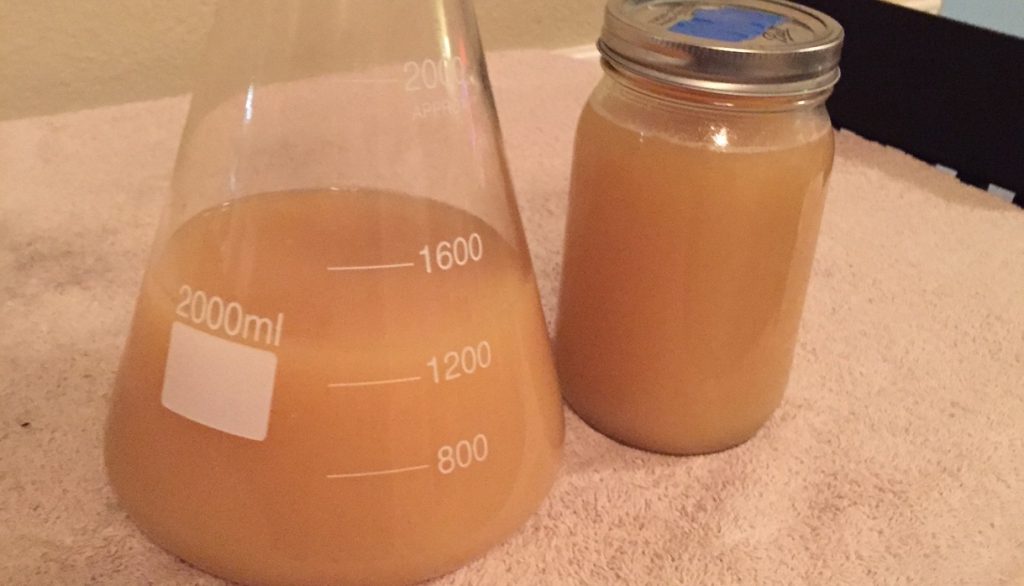

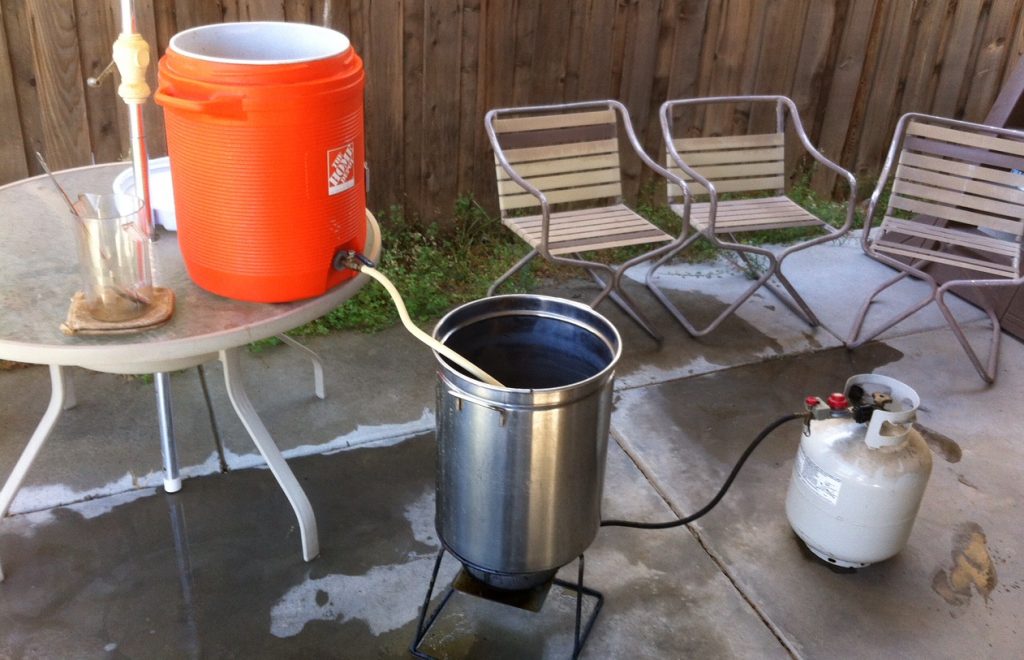
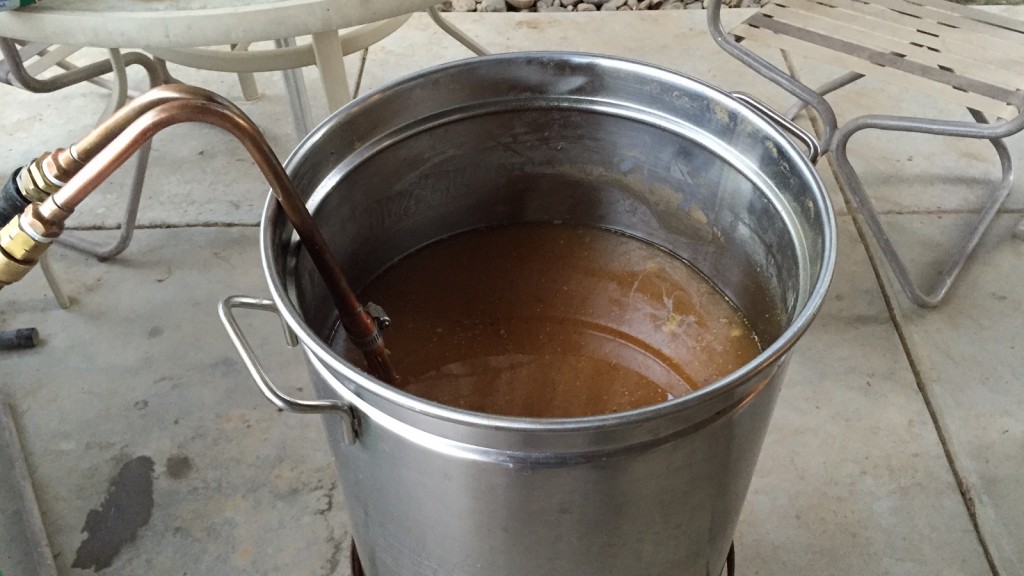
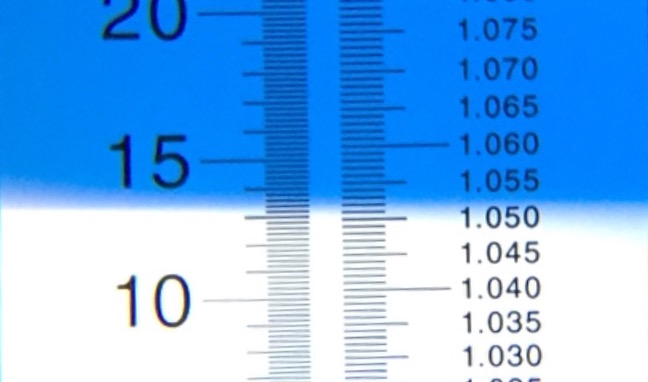
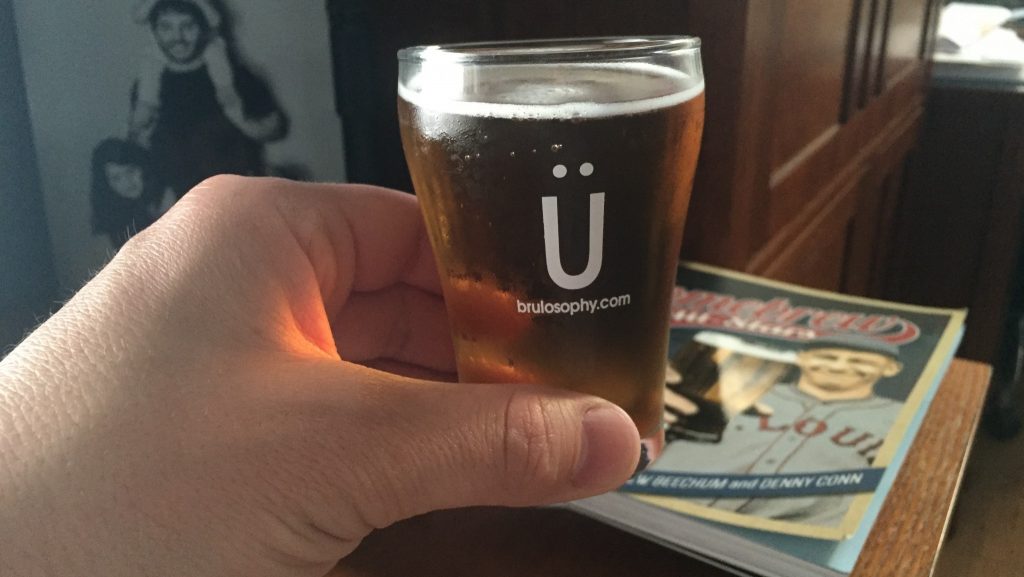
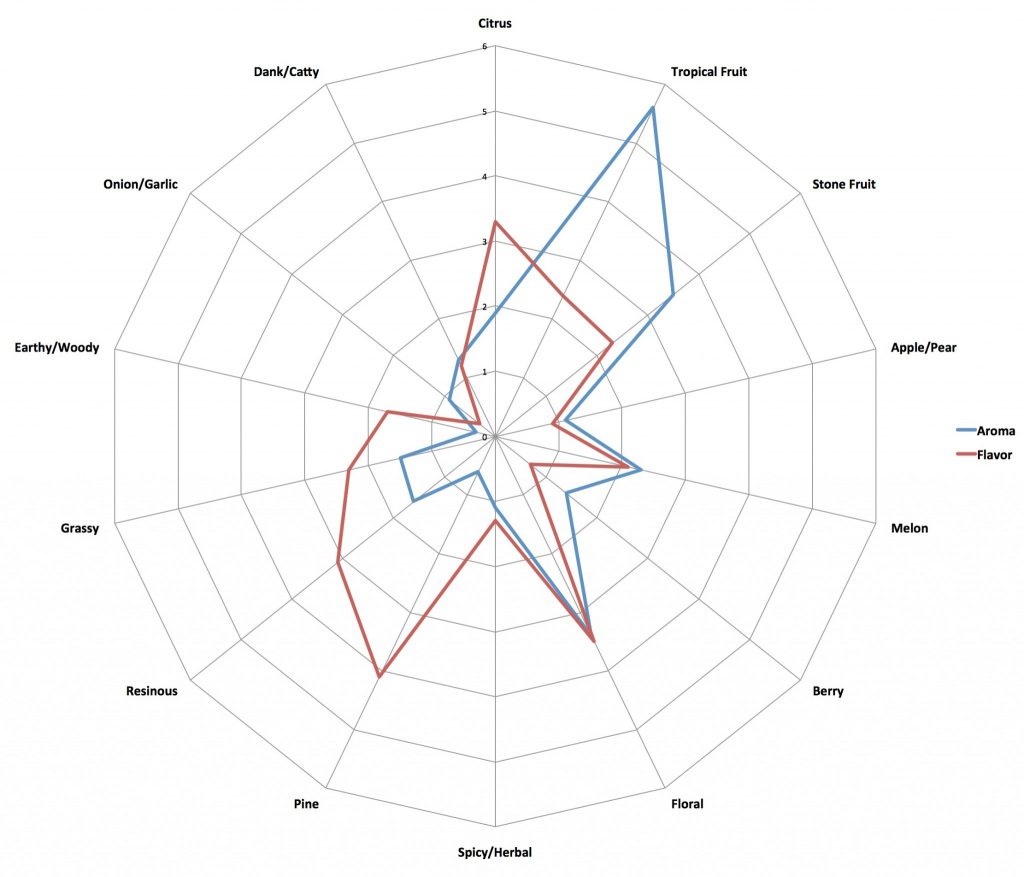
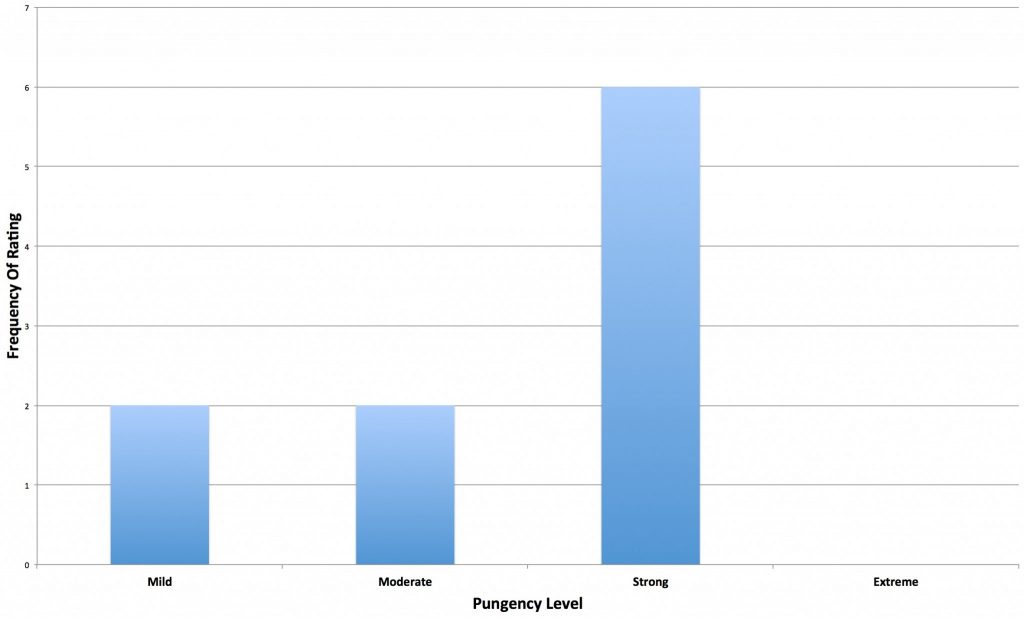
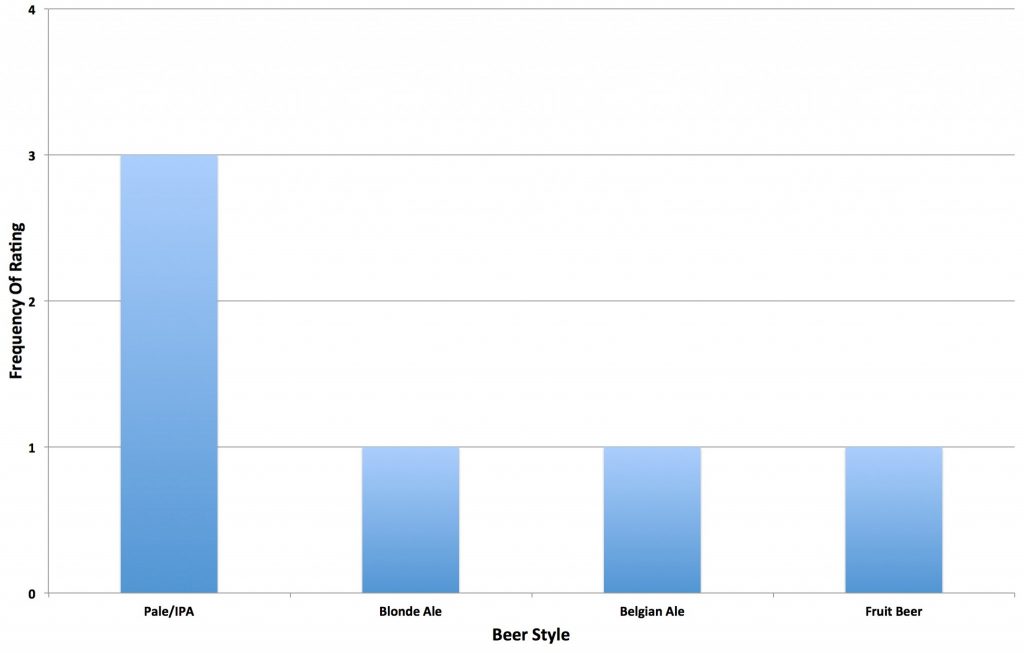
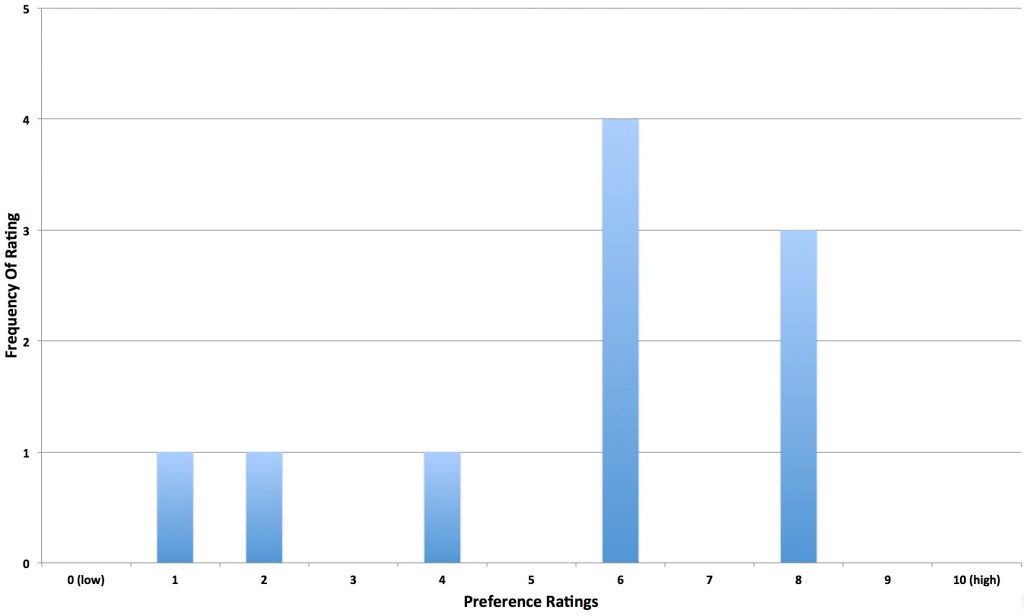











7 thoughts on “The Hop Chronicles | Experimental #09326 (2015) Pale Ale”
Sounds like this could be interesting as a late addition with Centennial/Citra/Mosaic.
I think so too!
curious how and why you mention the CoH a few times and how that played into your thoughts on the bitterness, given just a few months ago you even preferred a high CoH hop to a low.
https://brulosophy.com/2016/03/07/bittering-hops-high-vs-low-cohumulone-exbeeriment-results/
The beer from that xBmt didn’t have nearly as large of a bittering charge as this THC beer, which assuming CoH does indeed have an impact of perceived bitterness, may have played a role. I love the maple on a maple bar, but not when it’s 80% of the donut 🙂
Looks like the majority of tasters rated it as strongly pungent.
It doesn’t seem like there’s a lot of variety in styles people recommend these hops you try. I guys it makes sense with the glut of IPAs on the market. Do you know what market they were aiming for with this hop? With they lower AA, it seems like they could have been going for the lager revival.
Any opinions on this for an IPL? Or an XBMT on IPL vs IPA? I’ve never felt I could tell much of a difference.
I don’t have anymore of this hop, but my hunch is they were aiming for use in hoppy styles.
IPL… such a silly “style,” in my opinion. Regardless of the yeast used to ferment it, it’s still an IPA to me if it’s really hoppy, high-ish OG, and paler than Amber.
Old article, I know, but I’m real glad I read this before I brewed with this hop. I bittered with a little CTZ and used a lot of Denali and 09326 in the steep and dry hop and it turned out really, really well. Huge orange & tangerine in the aroma and taste with some other tropical and berry notes from the Denali. Thanks for the info!!